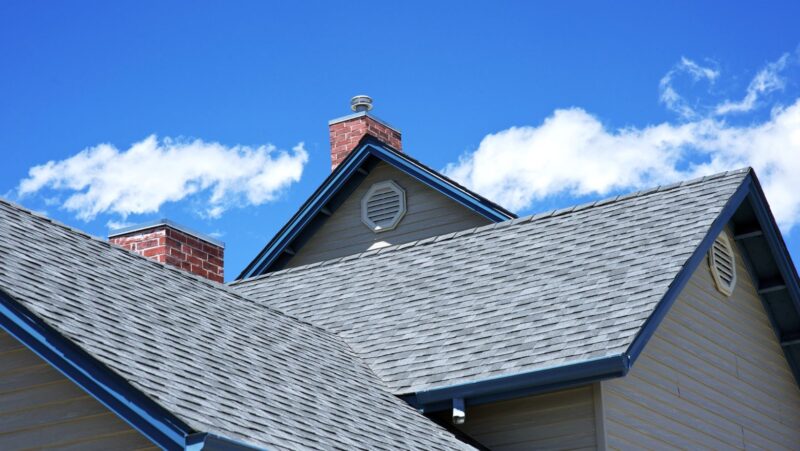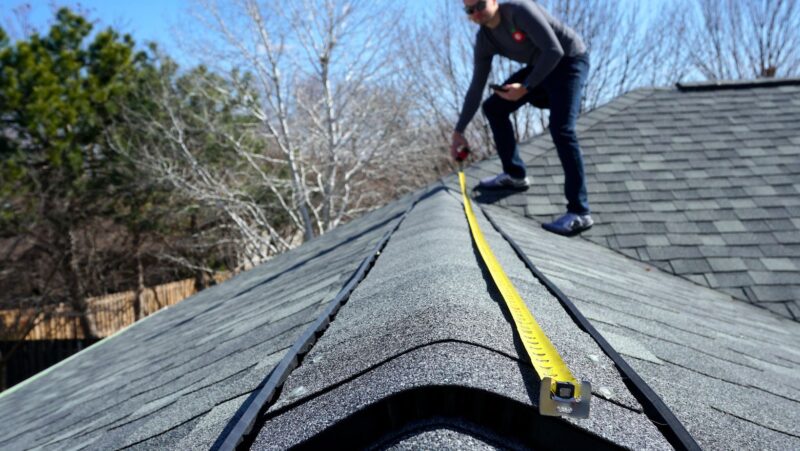
Building codes and permit requirements represent one of the most misunderstood aspects of roofing and construction projects. Most homeowners assume these are minor administrative hurdles that add a few hundred dollars to their project cost, but the reality is far more complex. Understanding how codes, permits, and safety regulations impact both the scope and pricing of roofing work is essential for anyone planning a significant roofing project.
The foundation of any compliant roofing project starts with understanding your local jurisdiction’s specific requirements. Building codes aren’t universal—they vary significantly between cities, counties, and states. What’s perfectly acceptable in one municipality might violate code just a few miles away. This complexity stems from the fact that local governments adopt different versions of model codes like the International Building Code (IBC) or International Residential Code (IRC), then modify them based on regional climate conditions, seismic activity, and local construction practices.
The permit application process itself can significantly impact project timelines and costs. Most jurisdictions require detailed plans showing proposed work, material specifications, and structural calculations for major roofing projects. Preparing these documents often requires hiring engineers or architects, particularly for complex roof designs or when structural modifications are involved. The permit fees themselves might range from $200 for simple repairs to several thousand dollars for complete roof replacements on large homes, but these direct fees represent only a fraction of the total compliance costs.
Code requirements directly influence material selection and installation methods, which can dramatically affect project costs. For example, newer building codes in hurricane-prone areas mandate specific wind uplift ratings for roofing materials and require enhanced fastening patterns that can increase material costs by 20-30%. Fire codes in wildfire-prone regions might require Class A fire-rated materials that cost significantly more than standard alternatives. These aren’t optional upgrades—they’re legal requirements that must be factored into any legitimate project estimate.\
Structural requirements often represent the most expensive code-related costs. Older homes frequently have roof structures that don’t meet current load requirements for snow, wind, or seismic forces. Bringing these structures into compliance might require additional framing, upgraded connections, or complete structural redesign. A project that initially appears to be a straightforward roof replacement can quickly transform into a major structural renovation once code requirements are properly evaluated.
Safety regulations add another layer of complexity and cost. OSHA requirements for fall protection, worker safety, and hazardous material handling aren’t suggestions—they’re enforceable standards that can result in work stoppages and significant fines if violated. Contractors must invest in proper safety equipment, training, and procedures, costs that ultimately get passed through to customers. Projects that initially seem straightforward can become significantly more expensive when proper safety protocols are factored in.
The inspection process creates additional timeline and cost considerations that many people overlook. Most jurisdictions require multiple inspections throughout the project, including structural inspections before new materials are installed and final inspections before work can be considered complete. Failed inspections require corrections and re-inspection fees, potentially delaying project completion and increasing labor costs. Experienced contractors build these potential delays into their schedules, but homeowners working with less experienced crews might face unexpected extensions and additional costs.
Understanding how to price a roofing job requires comprehensive knowledge of all these regulatory requirements from the project’s inception. Contractors who provide accurate estimates must factor in permit costs, potential code upgrade requirements, inspection fees, and the time required to navigate the approval process. This is why legitimate roofing estimates often take several days to prepare and why experienced contractors charge premium prices compared to handymen who might ignore regulatory requirements entirely.
The insurance and warranty implications of code compliance can’t be ignored either. Insurance companies increasingly require proof of permits and code compliance before honoring claims related to roofing failures. Manufacturers’ warranties might be voided if materials aren’t installed according to code requirements. These long-term financial risks represent hidden costs that only become apparent when problems arise years after project completion.
Geographic variations in code requirements create significant pricing differences for similar projects in different areas. A basic roof replacement in a rural area with minimal code requirements might cost $12,000, while the identical project in a coastal area with strict wind and flood requirements could easily cost $18,000 or more. These aren’t arbitrary price differences—they reflect real differences in required materials, installation methods, and compliance costs.
Working with contractors who understand local code requirements is essential for avoiding costly surprises. Experienced local contractors factor regulatory requirements into their initial estimates and can often navigate the permit process more efficiently than out-of-area competitors who might underestimate compliance complexities. The lowest initial bid frequently becomes the most expensive option once code violations and permit issues surface.
The key to managing code-related costs is understanding them upfront rather than discovering them mid-project. Homeowners should insist on detailed estimates that explicitly address permit costs, potential code upgrades, and inspection requirements. While this transparency might reveal higher initial costs, it prevents the far more expensive surprises that occur when regulatory requirements are ignored or underestimated.
Building codes and permits aren’t obstacles to overcome—they’re essential protections that ensure roofing projects meet safety and performance standards. Understanding their impact on project costs allows for better planning, more accurate budgeting, and ultimately, better outcomes for everyone involved in the construction process.














